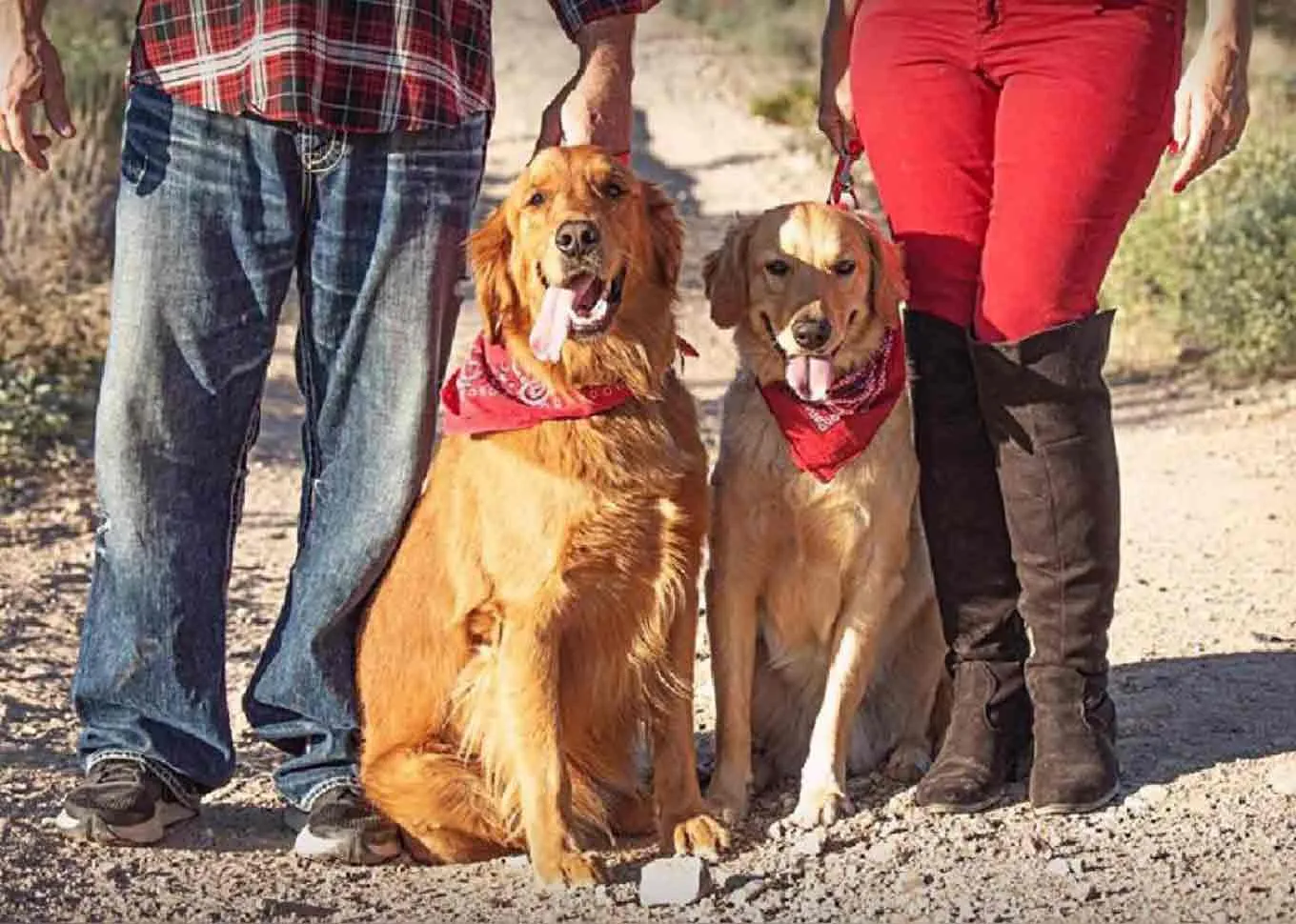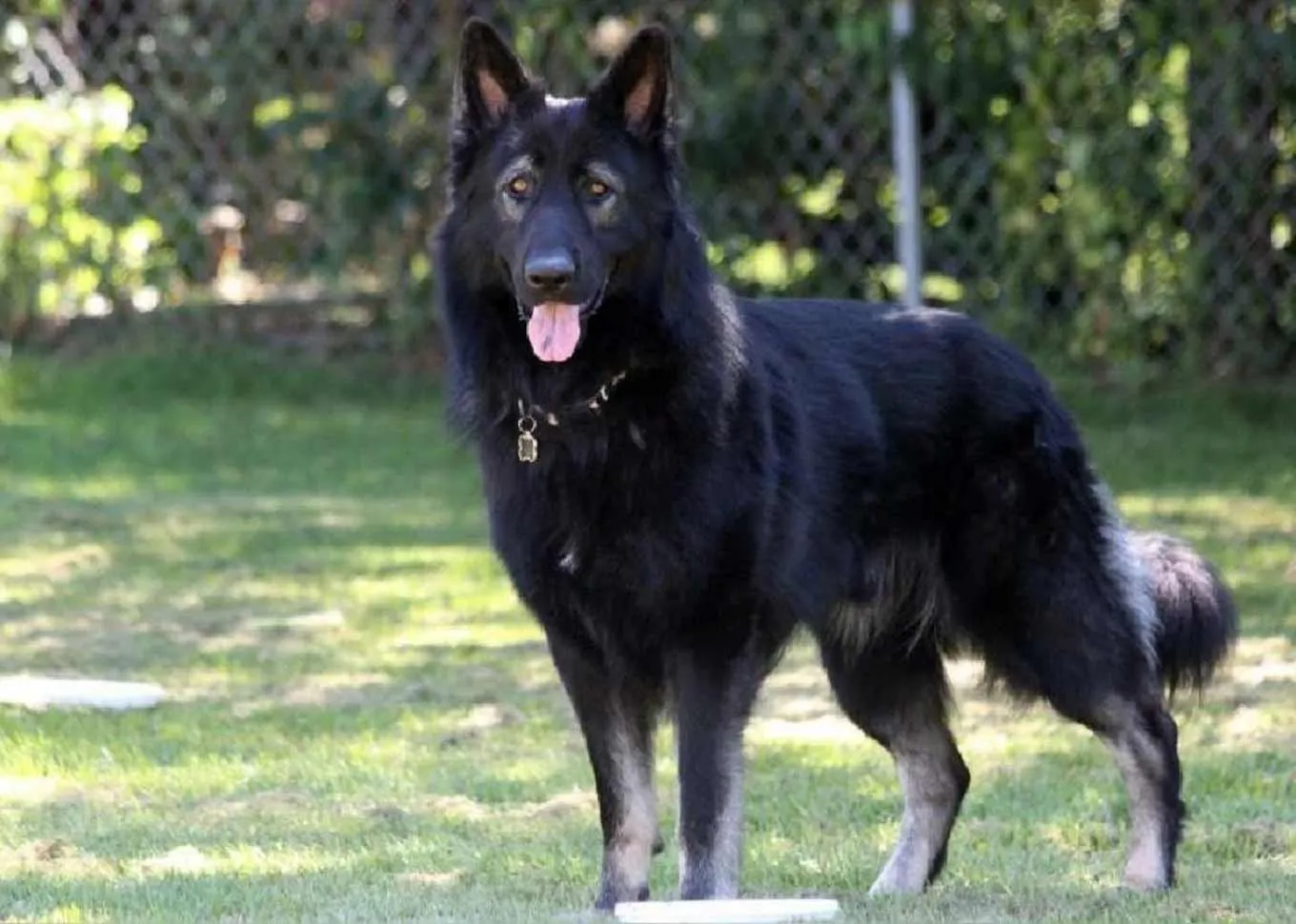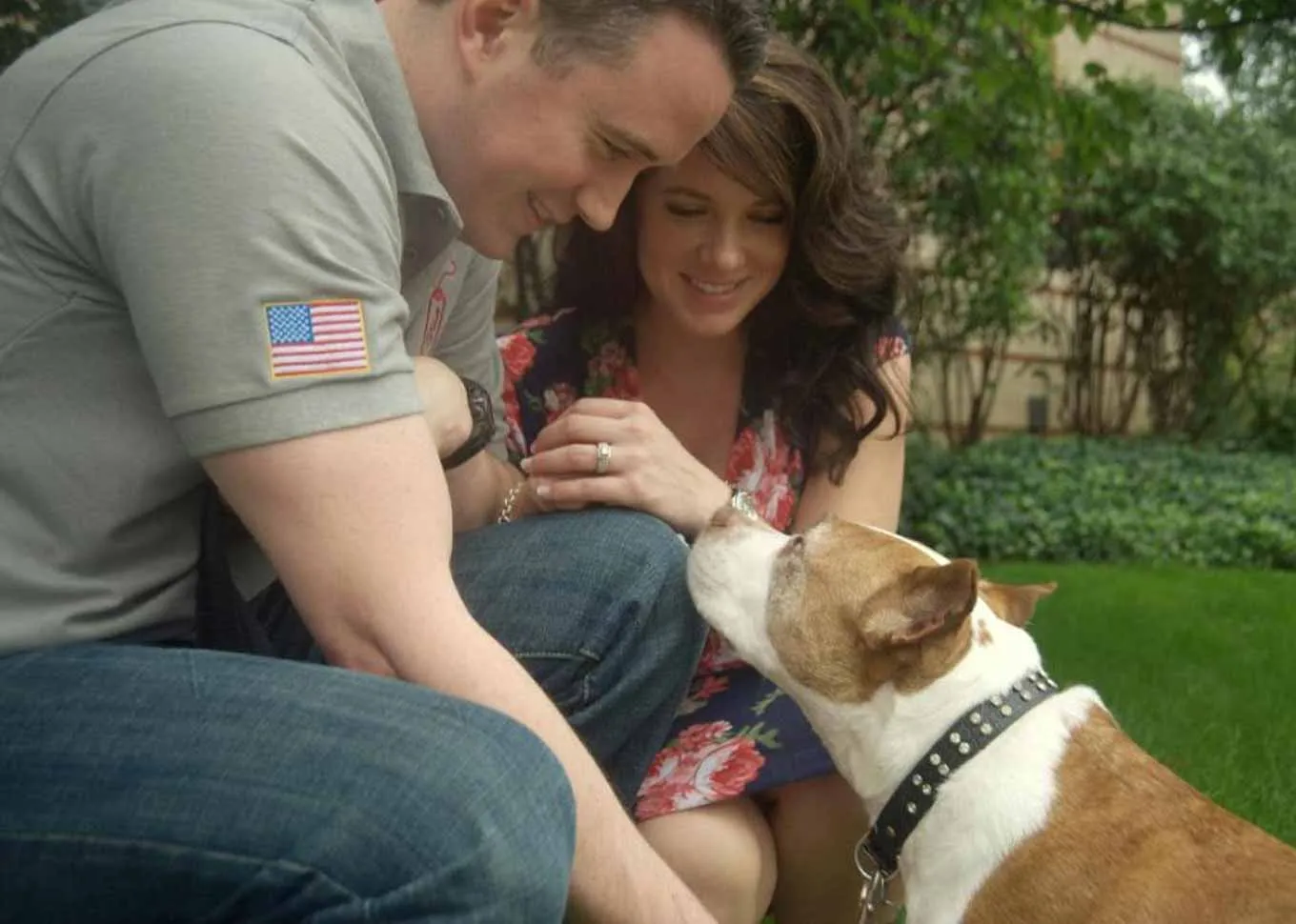The profound bond between humans and dogs is a narrative woven through millennia, a testament to loyalty, intelligence, and an unwavering capacity for love. While the history of their companionship is ancient, the remarkable ways dogs actively protect and save human lives continue to unfold, proving time and again that they are indeed humanity’s best friend. These are not just heartwarming tales; they are profound examples of the unique connection we share, where our canine companions often act as our guardians in moments of greatest peril.
The relationship between dogs and humans goes back millennia. Through centuries of selective breeding, dogs have evolved into diverse breeds, each with unique characteristics, yet all sharing an intrinsic desire to connect with and protect their human families. Hollywood has long celebrated this bond in films and television shows, but the reality of dogs as lifesavers is far more impactful than any cinematic portrayal. Whether they are our own beloved pets, a neighbor’s dog, or even a friendly stranger, canines have repeatedly demonstrated astonishing bravery, stepping into danger to safeguard human lives. From everyday emergencies to life-threatening situations, countless individuals owe their safety and well-being to the quick thinking and courageous actions of these remarkable animals.
 A person holding a brown dog
A person holding a brown dog
These stories highlight the extraordinary courage and devotion dogs exhibit, often in response to the very people who rescued them. Their actions in car accidents, house fires, near-drownings, and even combat zones underscore a deep-seated protective instinct that can transcend their own well-being.
Peanut: The Rescued Becomes the Rescuer
In 2017, a dog named Peanut, who had previously endured significant abuse before finding a loving home, transformed from a rescue into a lifesaver. According to a report by People magazine, Peanut’s persistent and frantic barking at her Michigan home alerted her owners to an emergency outside. Upon investigating, they discovered a severely hypothermic three-year-old girl who had wandered away from a difficult home situation. The young girl, clearly traumatized, was able to mouth the word “doggie” to first responders. Peanut’s acute awareness and alarm brought help to a child in desperate need, demonstrating a profound empathy and a drive to protect the vulnerable, even beyond her immediate family.
 A smiling labrador dog
A smiling labrador dog
Kelsey: A Furry Blanket of Hope
During the same harsh Michigan winter of 2017, a man found himself in a dire situation when he slipped, broke his neck, and lay paralyzed in the freezing wilderness. Facing the grim prospect of succumbing to the cold, his golden retriever, Kelsey, refused to let him give up. The Telegraph reported that Kelsey instinctively lay on top of her owner, providing vital warmth for an astonishing 19 hours. While continuously barking to attract attention, she acted as a living shield against the elements until help finally arrived, long after her owner had lost consciousness. Kelsey’s unwavering dedication and physical presence were instrumental in keeping her owner alive.
Jazzy: A Diabetic Guardian’s Bark
In the spring of 2018, a heartwarming story emerged from Candor, New York, as reported by a local Fox affiliate. Jazzy, a Yorkshire terrier, proved her mettle when her diabetic owner fell unconscious. The brave little dog immediately tried to rouse him by nudging his chin and barking with an urgency that alerted the man’s mother. Her timely intervention allowed her son to regain consciousness before slipping into a dangerous diabetic shock. Jazzy’s quick thinking and persistent alerts undoubtedly saved her owner’s life, showcasing the critical role of alert dogs in managing chronic health conditions.
 A white dog in a grass field
A white dog in a grass field
Buddy: The Elderly Man’s Lifeline
In Boynton Beach, Florida, an 87-year-old man likely owes his life to the swift actions of his devoted dog, Buddy. Despite being 12 years old himself, Buddy sprang into action when his elderly owner fell and was unable to get up. Sensing the imminent danger, the resourceful dog managed to break through a screen door, race to a neighbor’s house, and bark to alert them. Buddy then led the neighbors back to his injured owner, ensuring he received timely assistance and was saved. This tale underscores the incredible problem-solving abilities and loyalty of our canine companions, especially towards their elder family members.
 A pitbull mix dog looking to its right
A pitbull mix dog looking to its right
Major: The 911 Caller
While many dogs alert their owners through barking, Major, a Labrador-pitbull mix, took a more direct approach. When his owner, a combat veteran suffering from PTSD, experienced a severe seizure, Major instinctively knew to seek professional help. He stepped on his owner’s iPhone, successfully calling 911. Despite dispatchers initially dismissing the calls as accidental or a prank, Major persisted, dialing emergency services ten times until help was dispatched, as documented by The Huffington Post in 2014. Major’s extraordinary intelligence and determination ensured his owner received the critical medical attention needed.
 A man and a woman posing for the photo alongside their two golden retrievers
A man and a woman posing for the photo alongside their two golden retrievers
Todd: A Rattlesnake’s Fierce Defender
During a hiking trip in Arizona in 2018, a golden retriever named Todd exhibited incredible bravery when he shielded his owner from a venomous rattlesnake. Todd sustained a severe bite to his face after jumping directly between the dangerous reptile and his owner, who was unaware of the peril lurking beneath her feet. This selfless act of protection, despite the immense danger, allowed his owner to avoid a potentially fatal encounter with one of the region’s most venomous animals. Todd’s story is a powerful reminder of the protective instincts dogs possess, even when facing immediate threats to their own lives.
 A black King Sheperd
A black King Sheperd
Sako: Surviving the Unthinkable
In 2017, Sako, a King Shepherd from British Columbia, was honored with induction into the Purina Animal Hall of Fame for an extraordinary act of heroism. After surviving a catastrophic car accident that claimed the lives of all other passengers, Sako remained by the side of his badly wounded teenage owner for an astonishing 40 hours until rescuers found them. Throughout this ordeal, Sako provided crucial warmth, guided his owner to water, and bravely defended them from coyotes. His resilience and dedication in the face of such extreme circumstances highlight the profound bond and commitment dogs can offer.
Layka: A War Hero’s Devotion
Layka, a Belgian Malinois serving as an Army dog, displayed immense courage during her deployment in Afghanistan in 2012. She sustained four gunshot wounds from an AK-47 while clearing a Taliban compound, an act for which her fellow soldiers credited her with saving their lives. Despite her severe injuries, Layka’s bravery was undeniable. Upon her return to the United States, one of the soldiers she served with, Staff Sgt. Julian McDonald, adopted the heroic three-legged dog, ensuring she received the care and love she deserved after her incredible service.
 A man and a woman crouched down to be closer with a dog
A man and a woman crouched down to be closer with a dog
Cheyenne: A Beacon of Hope
Senior Airman David Sharpe was grappling with undiagnosed post-traumatic stress disorder and depression when he adopted a pit bull puppy from a shelter, naming her Cheyenne. Months later, during a moment of deep despair when Sharpe was contemplating suicide, Cheyenne provided an unexpected lifeline. She approached him, sat down, and licked his ear, eliciting a laugh and shifting his perspective. Sharpe later reflected that the puppy had given him a renewed reason to live, and in saving Cheyenne, he had inadvertently saved himself. This profound interaction showcases the therapeutic and life-affirming power of the human-animal bond, particularly for those struggling with mental health challenges.
 A malinois dog lying down on the floor
A malinois dog lying down on the floor
Lucca: A Decorated Canine Patriot
During her distinguished six-year career as a Marine Corps military working dog, Lucca played an invaluable role in ensuring the safety of countless lives. She led approximately 400 patrols, successfully identifying nearly 40 improvised explosive devices (IEDs) and undoubtedly preventing numerous casualties. In her final act of service, Lucca was injured by an explosive device, resulting in the loss of a leg but fortunately sparing her sight and hearing. Her exceptional bravery and dedication were recognized in 2016 when she became the first U.S. military working dog to receive the prestigious Dickin Medal, an honor acknowledging extraordinary acts of courage and devotion by service animals.
These profound stories of dogs helping humans are far from isolated incidents. They represent a consistent pattern of loyalty, bravery, and an innate desire to protect. The bond between humans and dogs is a powerful force, capable of overcoming fear, danger, and despair, reminding us daily of the extraordinary gift these animals are to our lives.
This story was originally published by Stacker and republished pursuant to a CC BY-NC 4.0 License.
